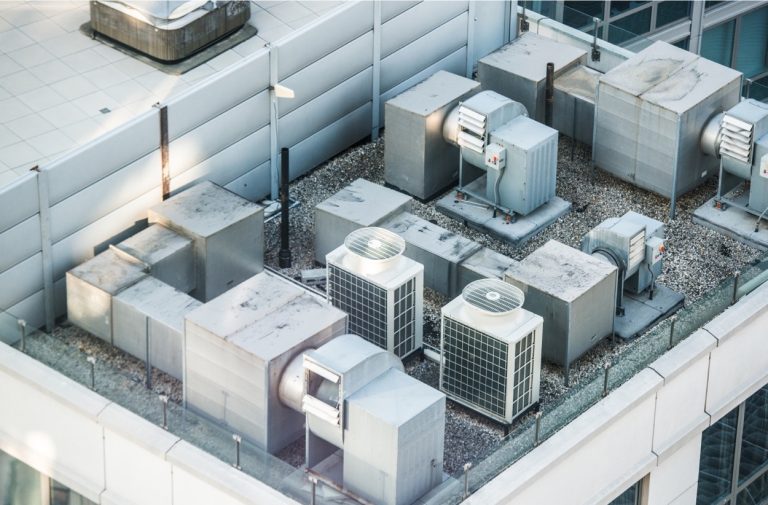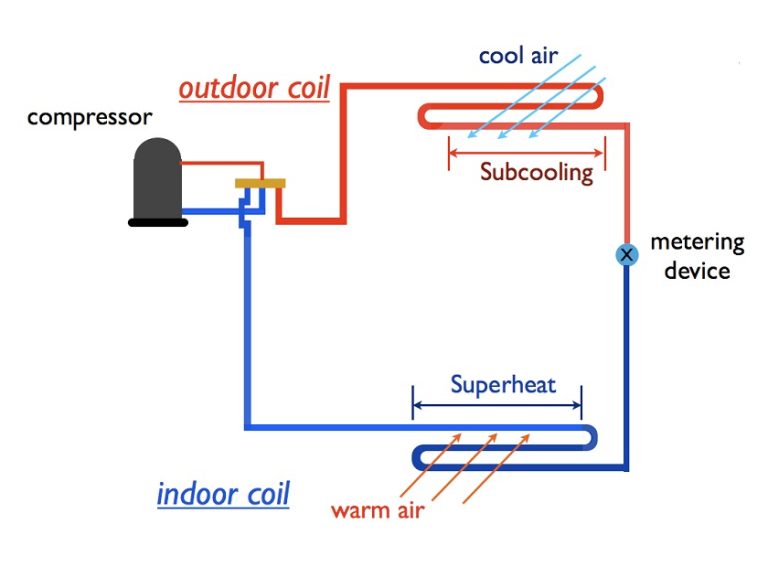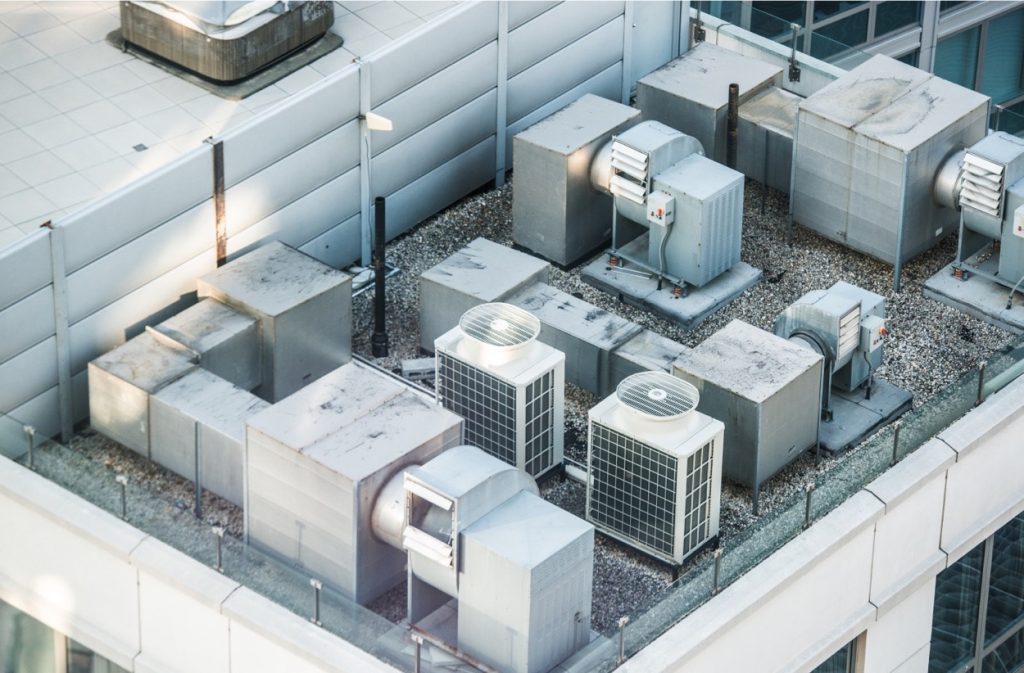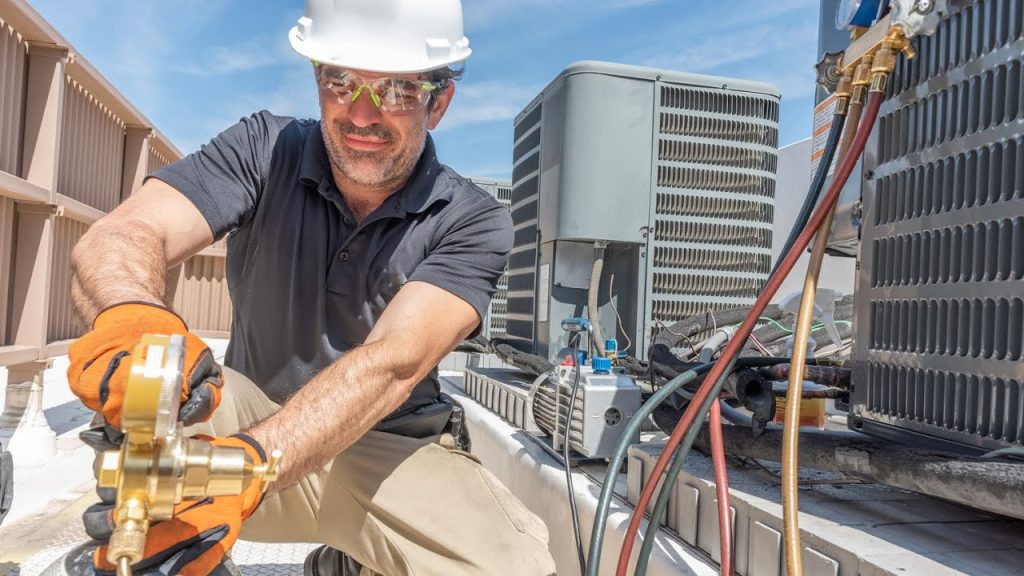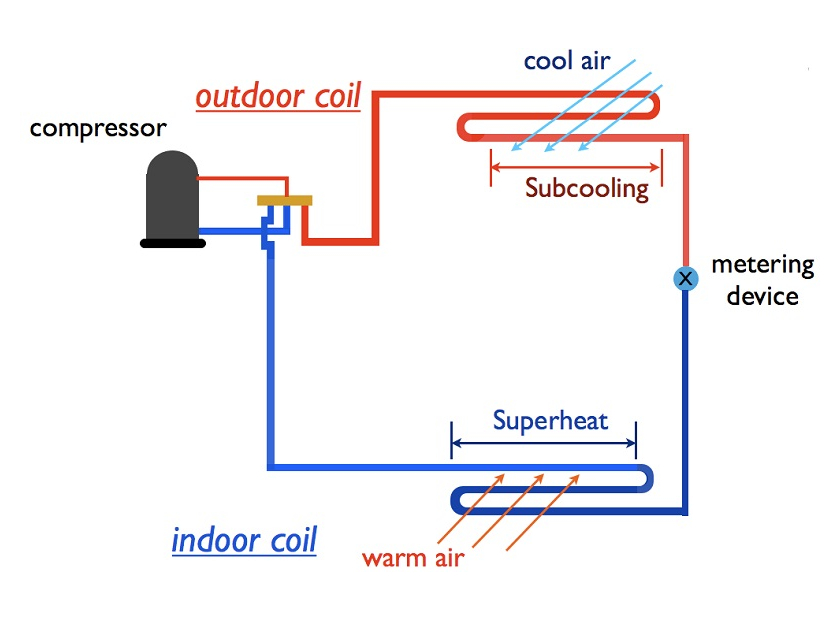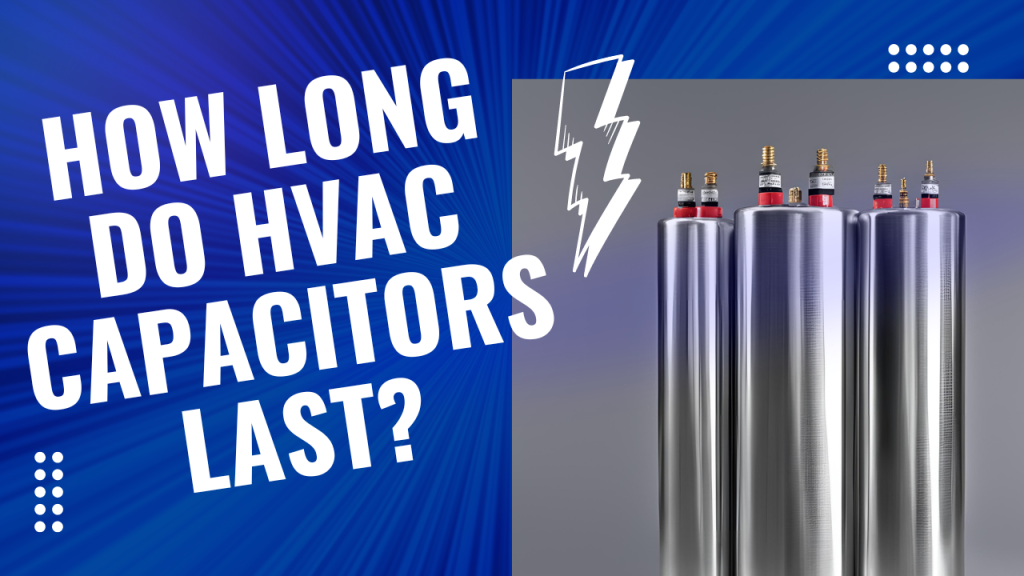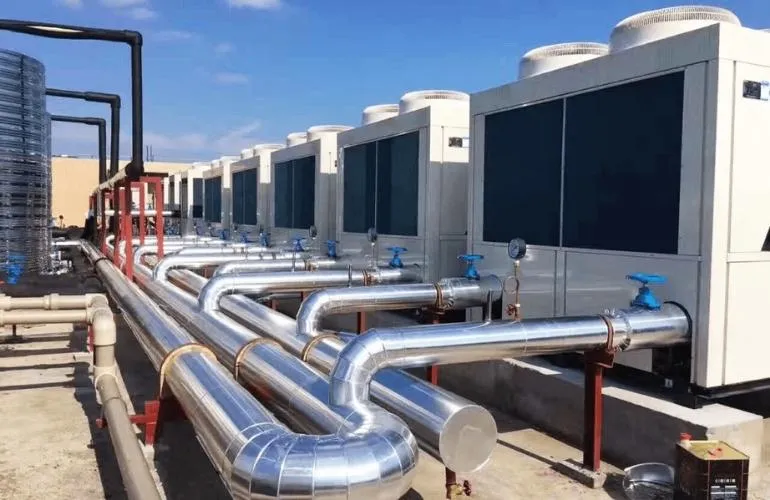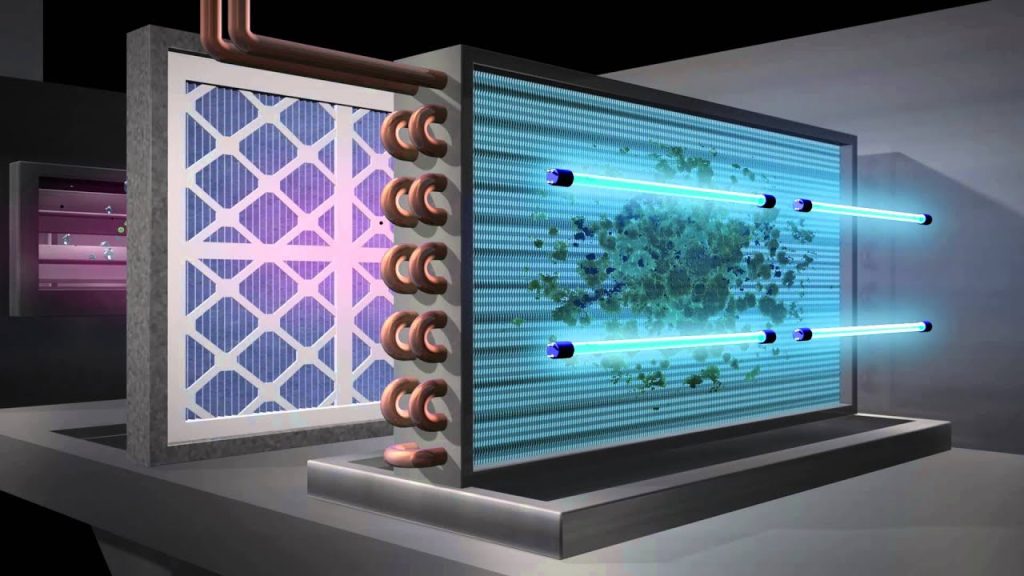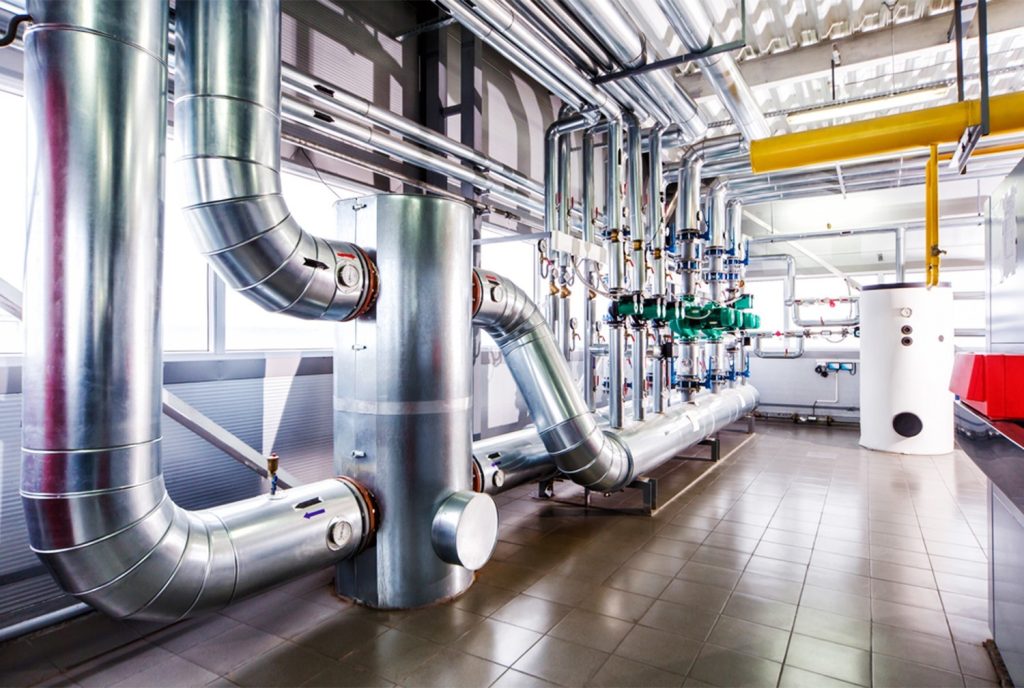If you’re living in a multi-story home with several family members, maintaining comfort with just one temperature setting can be tough. In you live in such setting you need to know What Is A Dual Zone HVAC System? Imagine if you could customize the temperature across different sections of your home to ensure everyone stays comfortable. That’s where a dual-zone heating and cooling system comes in!
A dual-zone HVAC system allows you to control the climate independently in various parts of your home, enhancing comfort for everyone. Let’s explore what a dual-zone HVAC system is, its benefits, and how to determine if it suits your comfort needs. This way, you can make an informed decision for your home.
What Is Dual-Zone HVAC?
A dual-zone HVAC system is an innovative approach to home heating and cooling, allowing you to customize temperature settings in different areas of your house. By installing this type of system, you can enjoy the comfort of setting unique temperatures for upstairs and downstairs.
This advanced HVAC solution operates by employing multiple thermostats linked to dampers located within your home’s air ducts. These thermostats are strategically programmed to manage the opening and closing of dampers, directing warm or cool air to specific zones as needed. With a dual-zone HVAC system, homeowners can experience enhanced control over their indoor climate, leading to improved energy efficiency and personalized comfort. Whether you’re looking to maintain a cooler environment upstairs while keeping the downstairs cozier, this system adapts to meet your needs, ensuring optimal comfort throughout your living space.
Dual-Zone vs. Dual-Unit
When you’re exploring your HVAC options, you might be considering whether a dual-zone or dual-unit system is your best bet. To make an informed decision, it’s important to grasp the main distinction between the two. Dual-zone HVAC systems use a single unit to manage heating and cooling across different sections of your home. In contrast, dual-unit systems employ multiple HVAC units to achieve your comfort goals. Typically, dual-zone HVAC setups offer greater energy efficiency and cost savings. By relying on one system for both heating and cooling, you minimize maintenance needs and repair requests since you’re not dealing with multiple units.

The Advantages of Dual-Zone HVAC
Opting for a dual-zone HVAC system can bring several unique advantages to your home, including
Save Money on Monthly Utility Bills
Control heating distribution to save on electricity and gas. In a two-story house, focus HVAC efforts on areas that need more cooling, like the top floor. Avoid cooling unused spaces like basements. Cool air can rise naturally, reducing the need for air conditioning, while warm air will rise in winte
Customizable Heating and Air Conditioning
Preferences for temperature vary among individuals. A dual-zone HVAC system allows each person to control their zone’s temperature. Enjoy a cool living room for a movie while someone upstairs stays warm, catering to individual comfort levels.
Less Damage to the System
A dual-zone HVAC system reduces wear by not overworking, saving money long-term. It extends the system’s lifespan by minimizing wear and tear, even by 10%. Close off unused areas seasonally, increasing the time before needing furnace replacement

Is Dual-Zone Heating & Cooling Right for You?
To determine if a dual-zone HVAC setup is suitable for your home, consider these factors:
Space
Dual-zone systems are ideal for larger homes or multi story properties with multiple occupants.
Budget
While systems with high SEER ratings offer greater efficiency, they require a higher initial investment.
How Dual-Zone HVAC Systems Function
A dual-zone HVAC system splits your home into two zones, each with its own thermostat and ductwork, allowing for independent temperature control. This customization enhances comfort for occupants in each area. The system uses dampers in the ductwork to guide airflow, either heating or cooling as required.
A crucial component of a dual-zone HVAC system is the zoning control panel, which acts as the system’s brain. It receives signals from boththermostats and adjusts the dampers to maintain the set temperatures. Advanced features like programmable thermostats and remote access options provide even greater control over comfort and energy usage
Installing a 2-Zone Air Conditioning and Heating System
Installing a zoned air conditioning and heating unit is straightforward but best left to professionals due to technical demands. Units need to be mounted, and refrigerant linesconnected. A licensed technician will make the necessary electrical connections and wire the control board to manage humidity distribution across zones. Improper installation can damage or render the system ineffective. The installation process can take about a day, possibly longer for larger homes with complex HVAC requirements.
Considering Ductless Options?
For a system that extends beyond dual-zone benefits, consider a ductless setup. Eliminating ducts nremoves concerns about air loss. You can connect up to four indoor air handlers, each serving different rooms, reducing air quality issues. A dual- or multi-zone system works less hard without heating or cooling unused rooms, enhancing comfort and cutting maintenance costs.
Upgrade to Dual-Zone HVAC for Enhanced Comfort
If a dual-zone HVAC system sounds like the solution for your home, seek out a reputable local HVAC provider. With top-quality systems from trusted manufacturers, they can deliver highperformance heating and cooling to your home efficiently

